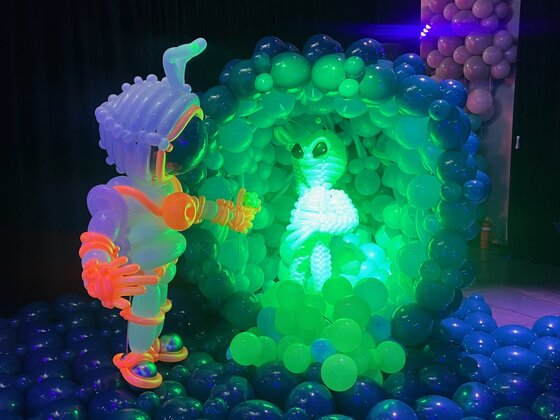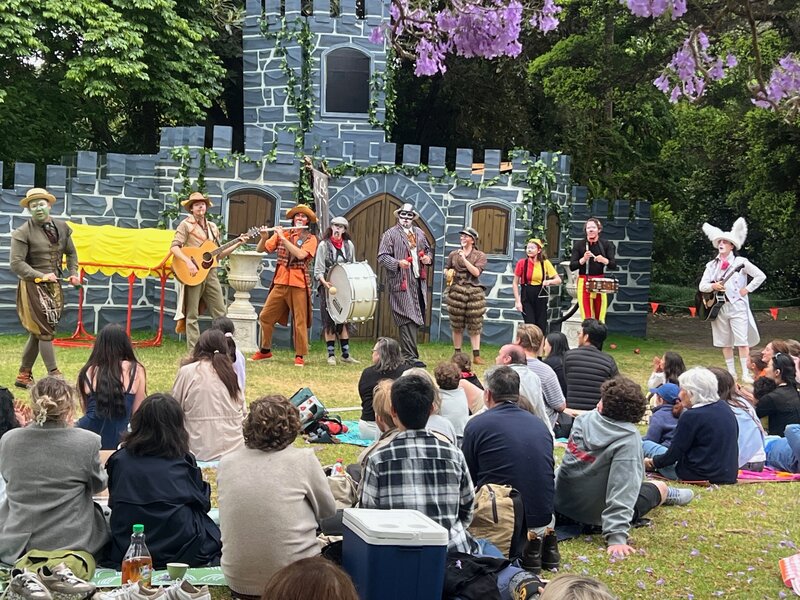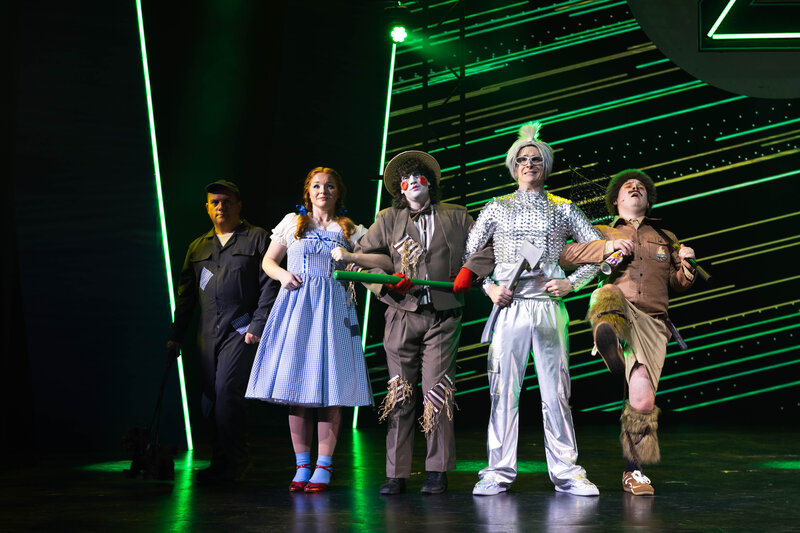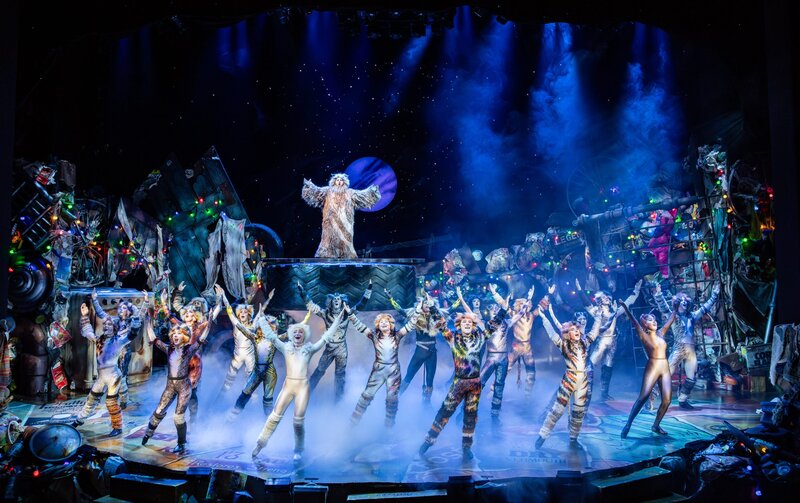For the uninitiated, like I was, Warcraft is a franchise of video games, novels and other media created by Blizzard Entertainment in 1994. The series is made up of five core games, the first three of which are in the real-time strategy genre, where opposing players command virtual armies in battle against each other or a computer-controlled enemy. The fourth and best-selling title – the game changer, if you like, that was released in 2004 – is a subscription-based massively multiplayer online role-playing game, in which players control their character and interact with each other in a virtual world. It went onto become one of the most successful fantasies in the history of gaming. The most recent title is a digital collectible card game. Since its inception, more than 100 million players have experienced the mythology that is now well and truly the global phenomenon known as World of Warcraft.
 Conflict is at the centre of Warcraft lore. When Blizzard and the filmmakers decided to bring the property to the big screen, they chose to return to the start of the Warcraft saga and focus the creation on two contrasting worlds.
Conflict is at the centre of Warcraft lore. When Blizzard and the filmmakers decided to bring the property to the big screen, they chose to return to the start of the Warcraft saga and focus the creation on two contrasting worlds.
Azeroth is beautiful and serene and Draenor is a dying planet whose inhabitants face extinction. The peaceful realm of Azeroth stands on the brink of war as its civilisation faces a fearsome race of invaders: orc warriors fleeing their decaying home to colonise another. As a portal opens to connect the two worlds, one army faces destruction and the other faces extinction. From opposing sides, two heroes are set on a collision course that will decide the fate of their family, their people and their home. So begins a spectacular saga of power and sacrifice in which war has many faces and everyone fights for something.
Directed by Duncan Jones (Moon, Source Code) and written by Charles Leavitt (Blood Diamond) and Jones, Warcraft stars Travis Fimmel (TV’s Vikings) as Commander Anduin Lothar. Paula Patton (Mission: Impossible—Ghost Protocol) is cast as half-orc Garona, Ben Foster (Lone Survivor) as magical Guardian Medivh and Dominic Cooper (TV’s Preacher) assumes the role of King Llane Wrynn. Ruth Negga (World War Z) is Lady Taria, Toby Kebbell (Dawn of the Planet of the Apes) is the orc chieftain Durotan and Anna Galvin (TV’s Legends of Tomorrow) the brutally protective Draka. Clancy Brown features as orc war chief Blackhand, while Daniel Wu (TV’s Badlands) is orc shaman Gul’dan.
In Azeroth, light and dark magic are the life force and part of the natural order that shapes the fates of all who live on the planet. The human realm is ruled by King Llane (Cooper) and his queen, Lady Taria (Negga), benevolent monarchs who thrive in the resplendent, peaceful city of Stormwind. The one who has fought by King Llane’s side since childhood is the mighty warrior Lothar (Fimmel), Commander of Azeroth’s military forces. This kingdom has enjoyed prosperity for years.
On another side of the multiverse, Draenor serves as the home world to thes orc – a proud, savage people who have never known a life without war and strife. Tusked warriors who stand eight feet tall, with customised armour and a range of brutal weaponry forged in steel, they are pillars of combat, born to fight and bred to survive. But, as mentioned earlier, the orc planet is dying and, if their kind is to survive, they must abandon their homes and travel to another world. If it must be conquered in order for them to survive, so be it. Their leader is the cunning, tyrannical shaman Gul’dan (Wu), who may be orc-kind’s salvation. Using a dark and dangerous magic, he has opened a portal to a new world. Supported by Blackhand (Brown), the orc’s fiercest fighter and war chief, he unites the desperate orc clans into an invasion army known as the Horde. And although all other clan chiefs comply with Gul’dan’s directives to invade Azeroth and vanquish its people, one orc stands apart.
Durotan (Kebbell), beloved leader of the Frostwolf Clan, remembers a simpler, nobler time before Gul’dan came to power. Though suspicious and uneasy of his de facto ruler, Durotan, his wife Draka (Galvin), second-in-command Orgrim (Kazinsky), and the entire Frostwolf Clan join their brothers and sisters for a mass exodus through the Dark Portal to Azeroth. They fear the death magic that allows them passage, but what choice do they have if they hope to continue the survival of their people? Once his displaced kind arrives in Azeroth, Durotan begins to wonder if there might be a more benevolent way to make this world their new home.
As I suggested at the outset, I knew nothing of Warcraft when I entered the cinema, but quickly picked up on the epic battle that ensued, even if it took me a while to understand what was behind the mythology. I expected little – if fact entered the cinema anticipating the worst – but found myself engaged from the get go. I couldn’t think of a better place to watch such as grand show than in an IMAX theatre. The sights, the sounds, the intensity are naturally heightened by the best 3D technology in cinema. The orc warriors look amazing – they are built like massive, muscle-bound tree trunks, ferocious and toothy.
The franchise, like so many others, is about power plays and subterfuge – that is who is doing what to whom and why. At stake is peace, but the way to peace seems to be war. Go figure! Warcraft did a good job establishing the personalities and the character traits of the main players. Each had their time to shine, as heroes and villains and traitors were identified. Mind you, just when you thought you had a fix on what was going to go down, the tables were turned, setting up the inevitable sequel.
Bold and brash and exciting, adrenalin junkies have their latest fix and won’t be disappointed. Rated M, Warcraft: The Beginning scores a 7 to 7½ out of 10.
Director: Duncan Jones
Cast: Travis Fimmel, Paula Patton, Ben Foster, Dominic Cooper
Release Date: 16 June 2016
Rating: M
Alex First

David Edwards is the former editor of The Blurb and a contributor on film and television




